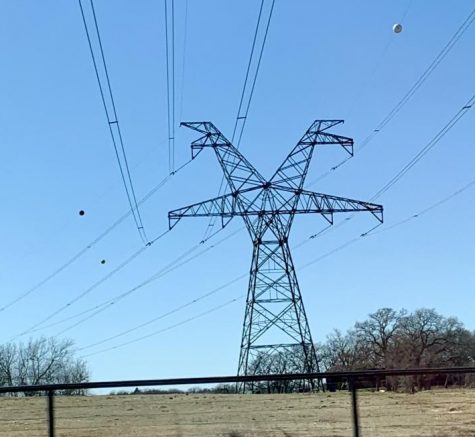Jumping forward in Earth’s Orbit
Gaining a day, losing an hour still relevant today
Growing up, many people never receive an explanation about why February gains an extra day every four years. Each year, the Earth spins for about 365.25 days. Every four years, February needs that one day to make up for that extra day we missed within those years in order to keep the balance.
Confusing? Most people agree. However, without the extra day added, the time of the seasons falls into disarray and the calendar commonly used today requires major change almost every year, more than the slight change that already happens. Because of these effects, leap day remains one of the smartest creations of past times.
Julius Caesar and Cleopatra helped create the Gregorian calendar and added the extra day because the Earth’s rotation takes a little more than 365 days. Every four years, the added day makes up for the extra quarter of a day that occurs during the years leading into leap year.
Over time, this leads to the seasons becoming skewed, because as the Earth orbits a bit faster each year, they end up in different places of the year. This means that seasons end up with no specific dates for when one season begins and another ends, and eventually without adding the day, winter could be spring and summer fall.
If the next hundred years went without a leap year, the calendar loses about 24 days. The leap day ensures that the calendar stays balanced and that the Earth stays predictable within the day and seasons. As an extra bonus, this additional day also means that people receive one more day to accomplish whatever they want within the new year. People often use that extra day to work on their self confidence, or to read that one book that helps them to reach their goal.
As if adding a day wasn’t confusing enough, things like Daylight Savings Time throws another wrench into the way time evolves.
Daylight Savings Time happens twice a year because people wanted to utilize the natural sunlight. It helped during World War I and helps people to make use of their time better. It also used to help farmers when they needed to use all of their daylight time diligently to complete a hard day’s work. However, Arizona opts to skip the Daylight Savings Time altogether due to the amount of sunlight they receive. If they were to adjust their tie by an hour, they gain an extra hour of sunlight during the hottest time of the year. This only raises electricity bills due to people running their air conditioning and for schools and businesses to pay more to keep students and employees cooled off. Without the extra hour, they enjoy the cool evening without the scorching hot sun. Hawaii also chooses not to observe Daylight Savings Time due to insignificant change in the daylight length between winter and summer.
Daylight Savings Time happens on the same date each year, so when Leap Year rolls around, they end up right around the corner of each other, often within the same week. These ideas not only help with the balance of the earth, but it also provides substantial benefits to the year.













